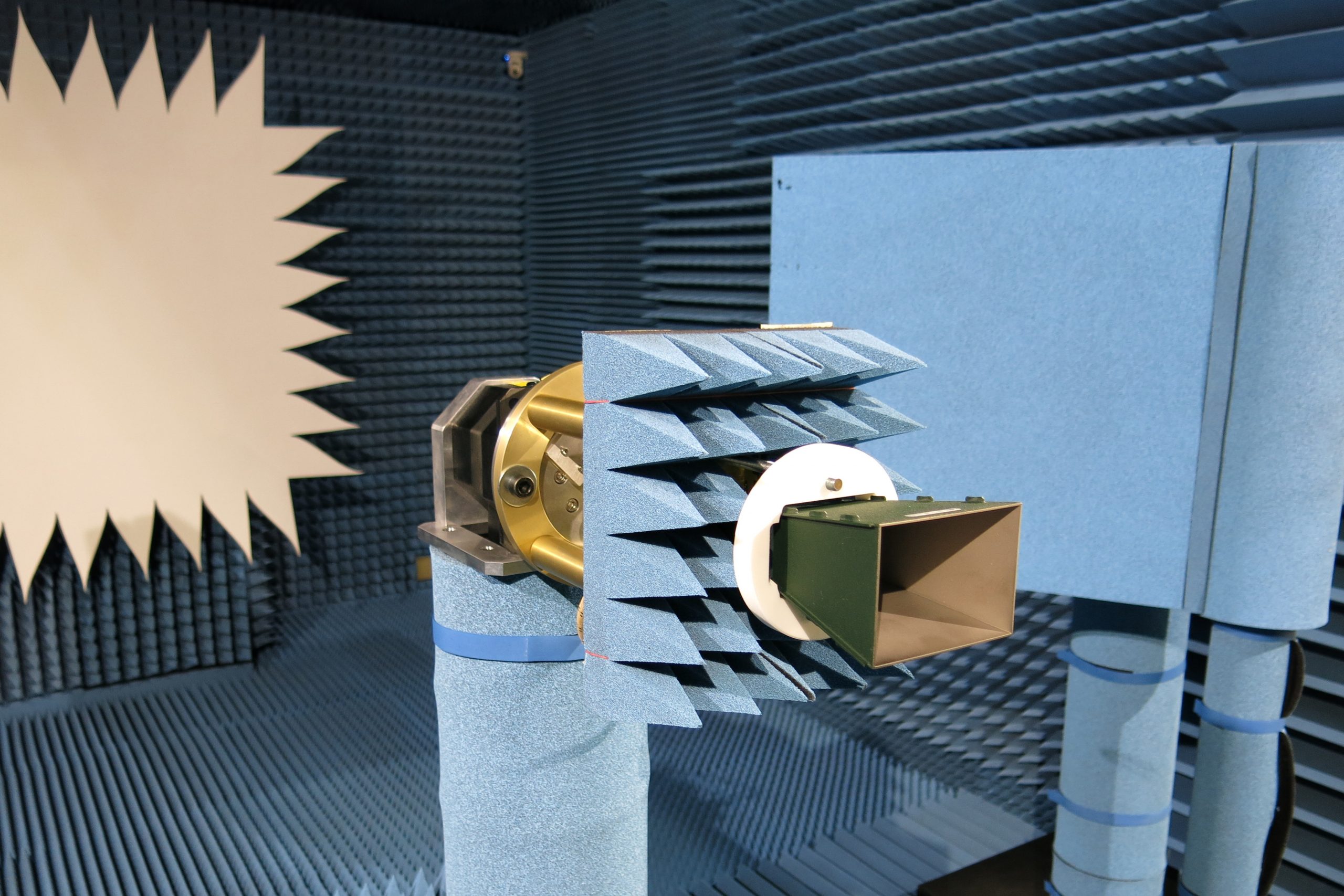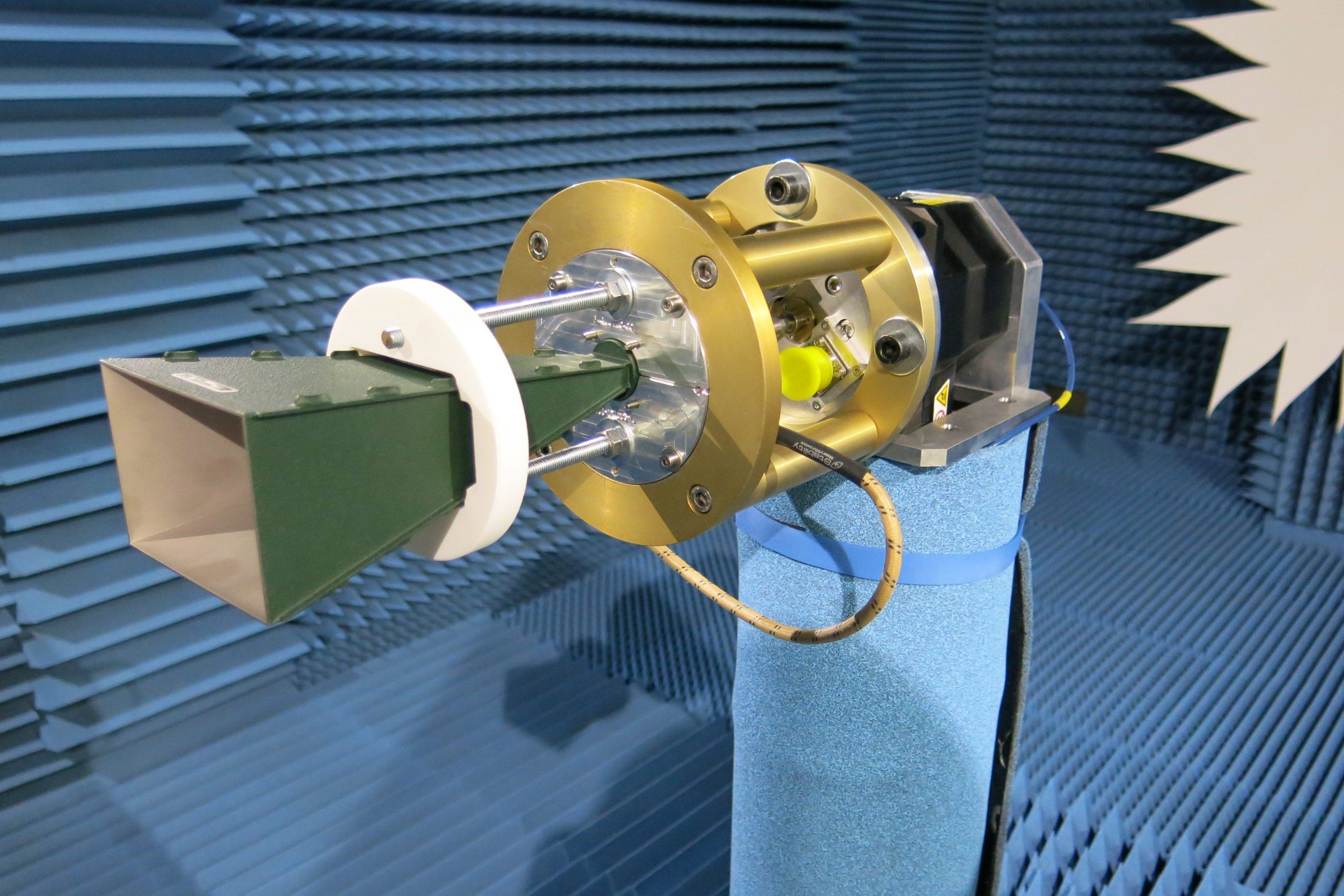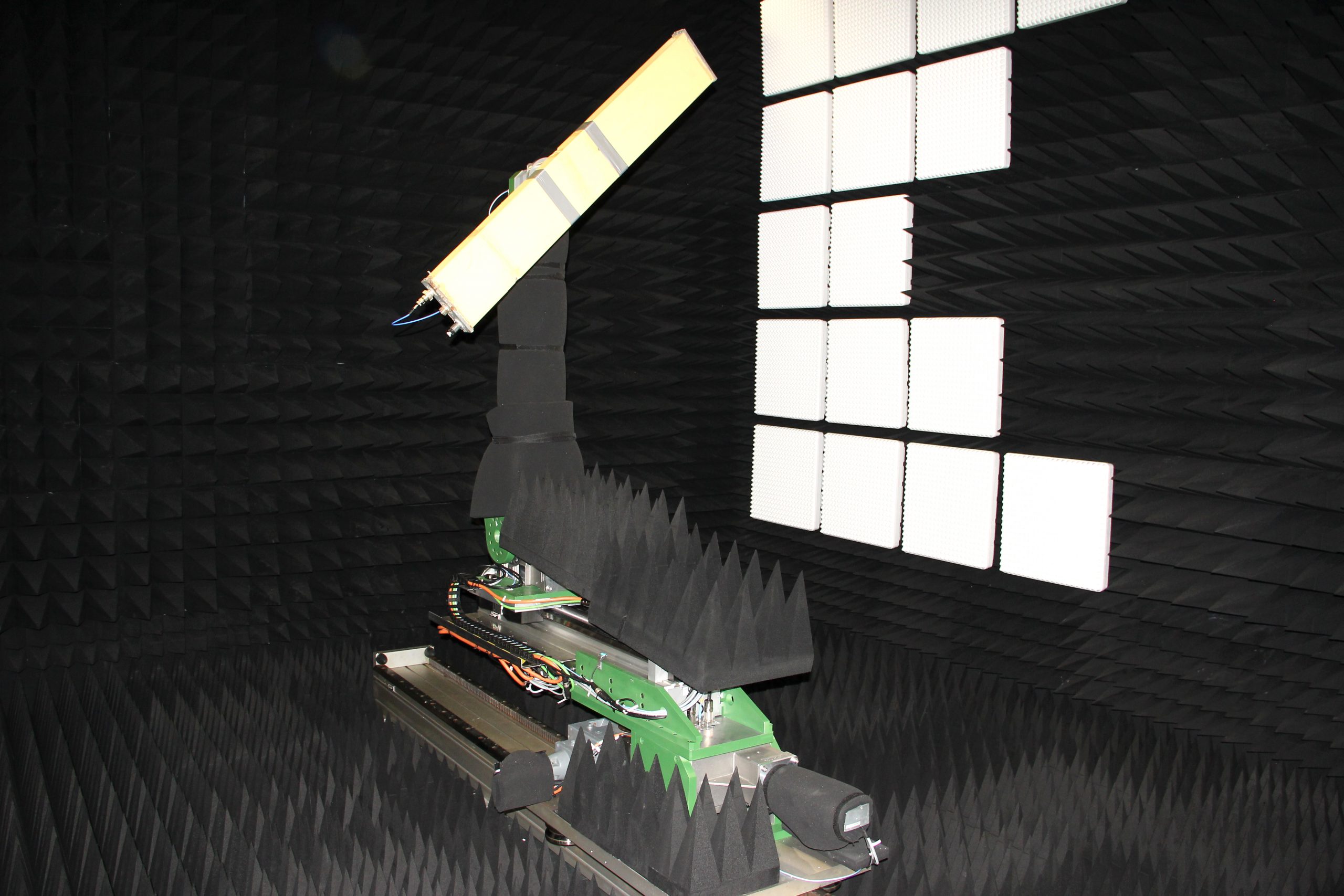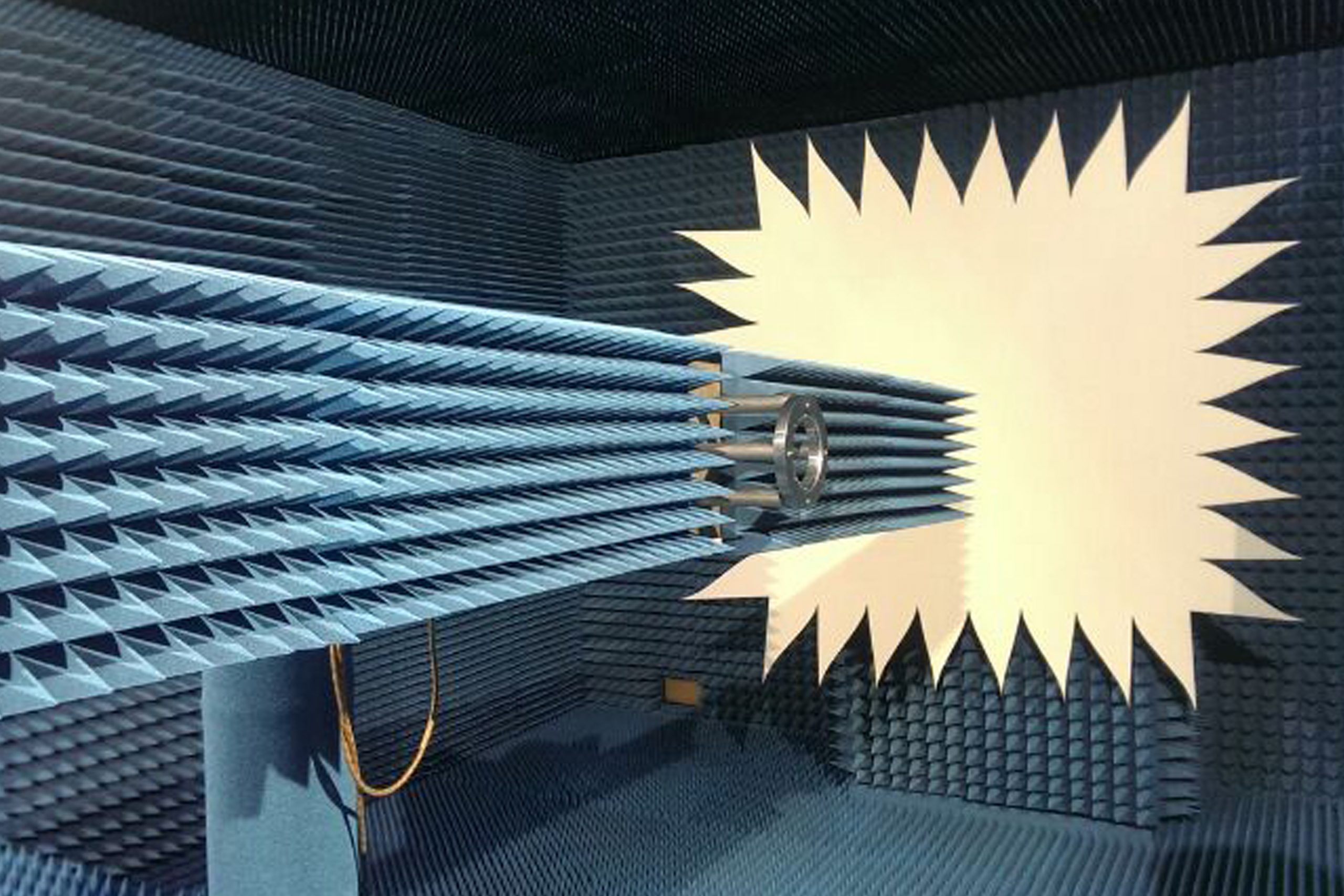Antenna Test & Calibration
We promote experience.knowledge.excellence.
Antenna Systems Solutions offers a comprehensive antenna testing service tailored for your needs. All our measurements are carried in out in a type approved accredited anechoic chamber in Madrid (Spain) according to the ISO17025* standard.
Please contact the sales office for a quotation and availability
Highlights & Facilities
The antenna test ranges consists of three anechoic radiofrequency chambers:
The two chambers share two complete radiofrequency and control systems, placed in two contiguous rooms. The anechoic chambers are equipped with air conditioning systems, with filters class 10000 (clean area), in order to measure on board satellite antennas.





